Your roof is your home’s first line of defense against the elements, but its deterioration isn’t always visible from the outside. While missing shingles or sagging areas may signal trouble up top, some of the most telling signs of roof failure begin indoors. Homeowners often overlook these subtle warnings until the damage becomes extensive and expensive. Being aware of the interior red flags can help you act swiftly to prevent structural issues, mold growth, and costly repairs. From water stains to warped ceilings, here are six key signs inside your home that may indicate your roof is failing.
Water Stains on Ceilings or Walls
One of the earliest and most common indicators of roof failure is the appearance of water stains on your ceilings or walls. These often appear as brown, yellow, or rust-colored spots that spread gradually, usually after heavy rain or melting snow. Such stains result from moisture seeping through compromised roofing materials or flashing, traveling through the attic, and finally reaching your living space. Don’t be tempted to simply paint over them. These marks signal a deeper issue that could worsen, experts from O’Donnell Roofing Co suggest. Identifying the source of the leak early and repairing it can help you avoid interior mold growth and structural decay.
Peeling Paint or Bubbling Wallpaper
If you notice paint starting to peel or wallpaper bubbling on upper-level walls or ceilings, your roof might be allowing moisture to enter your home. This kind of water infiltration can occur even without visible leaks, especially in humid environments or during the winter when ice dams form. Moisture trapped beneath surfaces causes materials to warp, lose adhesion, and eventually deteriorate. While cosmetic in nature, these signs often point to water vapor collecting in the attic and migrating down through the walls, hinting at inadequate roofing ventilation or insulation alongside potential leaks.
Sagging or Warped Ceilings
A more advanced symptom of internal water damage, and a more urgent red flag, is the sagging or warping of ceilings. This deformation typically results from persistent leaks saturating the insulation and drywall, causing them to become heavy and distorted. If left unaddressed, a sagging ceiling can eventually collapse, leading to extensive damage and safety hazards. The moment you notice any uneven surfaces, cracks forming, or unusual bulges in the ceiling, it’s important to inspect the attic and roofing system immediately. Structural damage to the ceiling joists or rafters could be to blame, especially in older homes.
Mold or Mildew Growth Indoors
Mold and mildew thrive in damp, poorly ventilated environments, and if your roof is compromised, your home might be providing the perfect breeding ground. Unexplained patches of mold appearing on ceilings, around vents, or along the top edges of walls are a serious warning sign. Mold damages your home’s interior, and it poses health risks, especially for people with allergies or respiratory conditions. Roof leaks can allow moisture to accumulate in the attic and upper walls, creating the warm, moist conditions that mold needs to flourish. Identifying the source of the humidity, usually a roofing issue, is critical to eradicating the problem for good.
Unexplained Increase in Energy Bills
If your heating and cooling bills have suddenly spiked without any noticeable changes in your home habits or system, your roof could be to blame. Roof failure can compromise the insulation in your attic, allowing conditioned air to escape while letting outdoor temperatures seep in. Drafts and uneven indoor temperatures are signs that your attic is no longer sealed properly, often due to water damage or ventilation issues caused by a failing roof. These inefficiencies force your HVAC system to work harder, driving up energy costs. Checking your roof’s condition and restoring its insulation and ventilation can help restore comfort and energy efficiency.
Visible Light in the Attic
Another telltale sign of roof trouble that can be spotted from inside the home is visible light coming through the attic. While some small openings near the eaves or vents are normal, beams of daylight penetrating through the roof boards are not. These gaps may indicate missing shingles, deteriorated underlayment, or holes caused by rot or pests, all signs that the roof’s protective layer is compromised. Water will often find the same pathways into your attic during rain or snow, so if you see light, moisture is likely not far behind. Periodic attic inspections are a simple way to spot these issues before they escalate.
Recognizing these indoor signs of roof failure can help you catch problems early, before they compromise your home’s structure or lead to costly repairs. Water stains, peeling paint, mold growth, and sagging ceilings are all indicators that your roof might not be doing its job. Regular inspections and a proactive approach to maintenance are key to protecting your investment and keeping your home safe and dry. If you notice any of these warning signs, don’t wait. Consult a roofing professional to assess the condition and take corrective action.

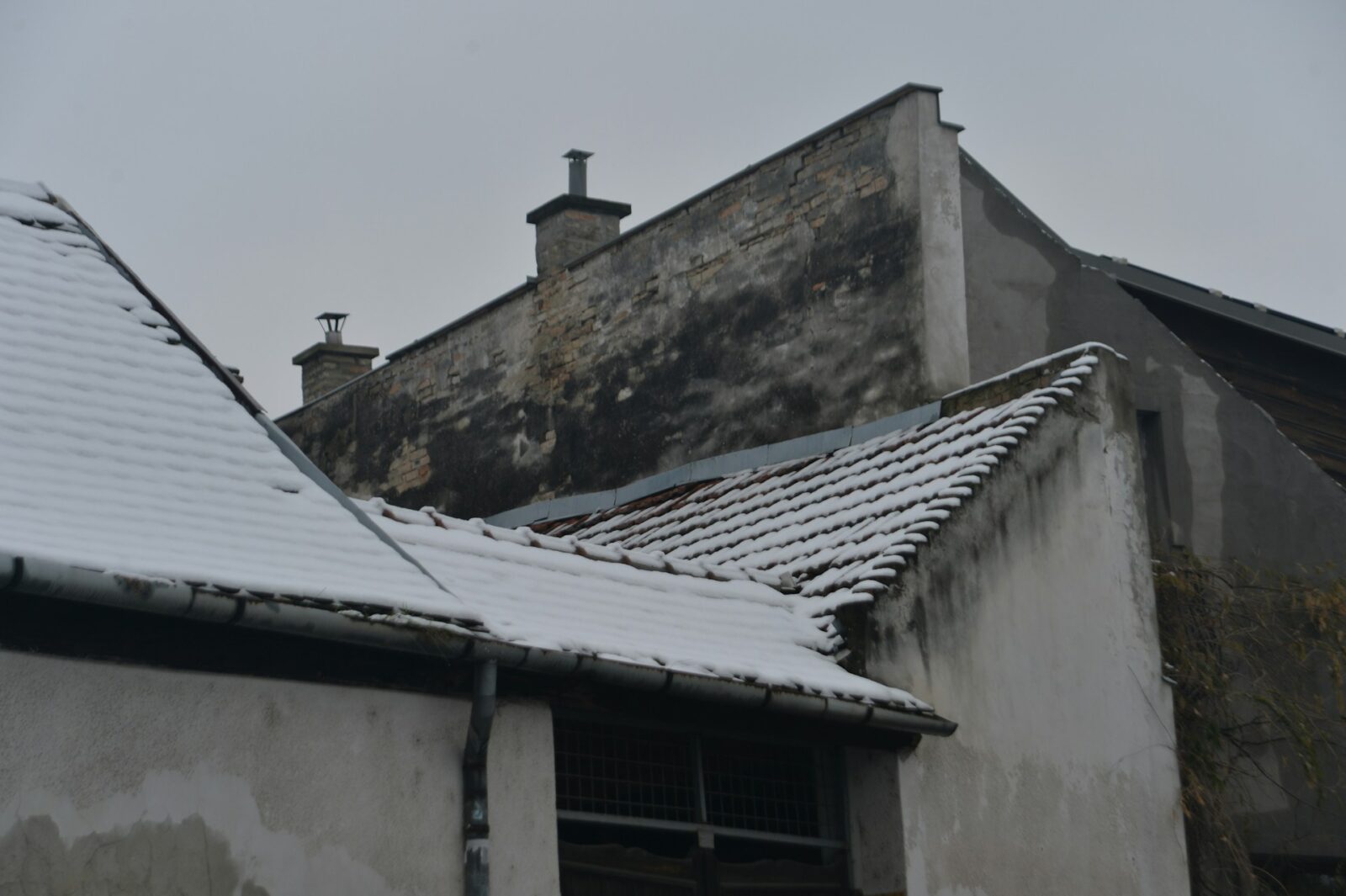
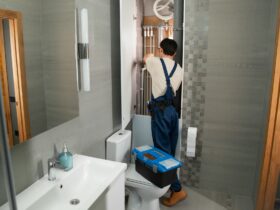
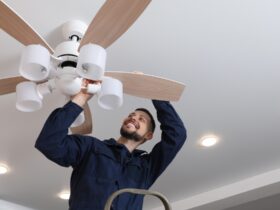
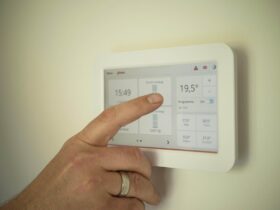

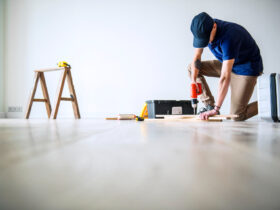
Leave a Reply